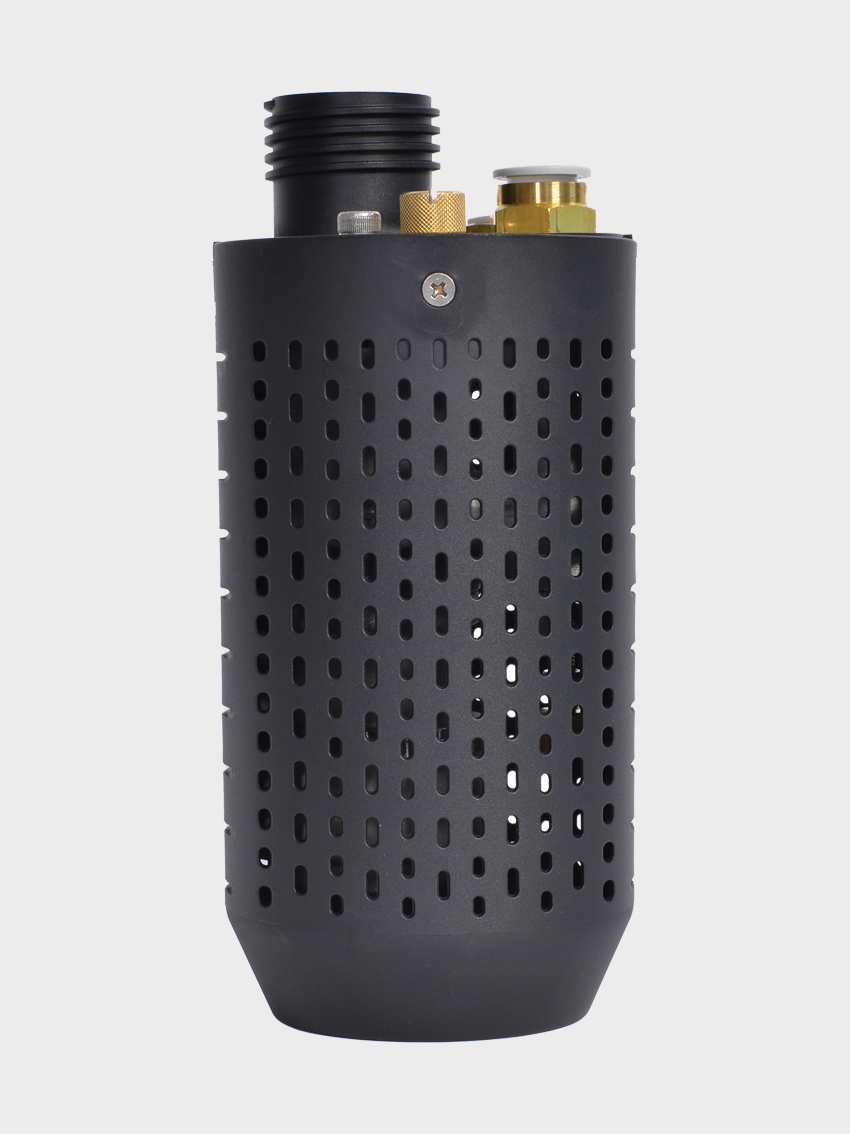Solar-powered water system
FEATURES
SHL Technologies works with a social enterprise dedicated to developing sustainable farming solutions to design and manufacture a flexible irrigation system using solar power. In this project, SHL Technologies not only provides design insights, but also vendor optimization services to effectively minimize costs without compromising product quality.
- Design-to-build
- Project management
- Product verification
- Professional vendor management

PROJECT SUMMARY
Seasoned partner with comprehensive resources
A Swedish social enterprise with a mission to help farmers produce more crops with less water and energy, was looking for a partner to support its vision to create prerequisites for low environmental impact food production. As irrigation systems play a major factor in the declining of groundwater levels worldwide, the organization wanted to optimize the water distribution process through a flexible irrigation system that could run on solar power.
To reach its objective, it required an experienced partner with robust resources to help with the design, development, as well as the manufacturing of the system. As a global manufacturer committed to increasing support for sustainability movements, SHL took the initiative to sponsor the cause. The collaboration to develop a multi-purpose solar-powered water distribution system then began.

Integrated management backed by knowledge
SHL Technologies was directly involved in the development of the pneumatic pump unit and the power management box (PMB) – two central components of the system. The solar panel captures photovoltaic energy from the sun and delivers it to the PMB unit, generating pressurized air. The pneumatic pressure then serves as the primary force triggering the unit to pump water.
The goal is to create an optimized and integrated system that is compatible with a wide range of micro-irrigation solutions. For that, the design needed to be compact, easy to transport, and cost-effective. SHL Technologies’ engineers worked with our partner to enhance the initial concept through extensive research and deductive thinking processes. The key insights supported by data were then cumulated and communicated to serve as the basis for further evaluation during the design iterations. Through a comprehensive assessment, verification, and validation process, SHL Technologies ensured the design was optimized in terms of viability, size, and energy consumption.

After the design was approved, SHL Technologies outlined a detailed project plan. It defined the necessary approach and processes to assure a smooth and efficient workflow throughout the production stages. With a systematic procedure in place, SHL Technologies laid a solid foundation to formulate the best project strategy.
Procurement management was another critical element of the project. Our experienced purchasing team efficiently handled the process of sourcing, requisitioning, ordering, expediting, inspecting, and reconciliating the required materials. SHL Technologies’ vast supply network further allowed us to timely secure high-quality parts. By establishing the scope statement and process maps early on, we provided the vendors with a clear instruction of what the requirements were and reduced the chance of inflated bids. SHL Technologies also closely monitored the purchasing processes to identify risk points and resolve possible issues.
Our dedicated project manager also ensured seamless design transfer to optimize the production timeline. Records were documented so that the necessary design outputs were covered systematically and any potential changes in the design were minimized. With an effective communication strategy, SHL Technologies bridged the gap between the situation analysis and the actual execution.
Through this project, SHL Technologies showcased its proficiency in refining product design and managing supply chains. After all, the integrative nature of our project strategies focuses on in-depth analysis of the overall design and processes, efficient resource planning, as well as effective risk mitigation. As the partnership continues to grow stronger, the system has now been adopted by small farmers, winemakers, restaurants, and advanced home growers to replace the mechanized diesel-powered irrigation. The system can deliver up to 25 m3 of water and irrigates up to 10 times more crops compared to traditional irrigation methods.